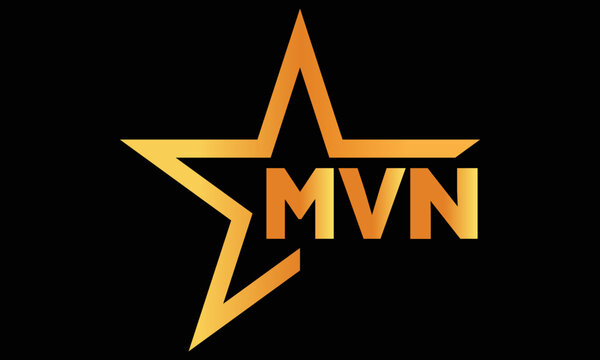MVN

In the vast ocean of software development, where innovation and efficiency are the guiding stars, developers need reliable tools to navigate through the complexities of building and managing projects. Among the many tools available, Maven emerges as a stalwart vessel, guiding developers through the tumultuous waters of dependencies, builds, and project management. Let’s embark on a journey to explore the significance of Maven in modern software development.
Table of Contents
ToggleSetting Sail with Maven
Maven, an open-source build automation tool primarily used for Java projects, sets sail with a mission to simplify and streamline the software development process. Born out of the Apache Software Foundation, Maven provides developers with a comprehensive framework for managing project dependencies, building, testing, and documentation.
Plotting the Course: Dependency Management
One of the key features that distinguishes Maven is its robust dependency management system. Maven leverages a central repository where developers can access a plethora of libraries and frameworks. By specifying dependencies in a project’s configuration file (pom.xml), Maven automatically resolves and downloads the necessary components, sparing developers the hassle of manual dependency management.
This streamlined approach not only saves time but also ensures consistency across development environments. With Maven, developers can effortlessly integrate third-party libraries into their projects, empowering them to focus on core functionalities without getting bogged down by dependency conflicts.
Hoisting the Sails: Build Automation
In the realm of software development, automated builds are the wind in the sails, propelling projects forward with efficiency and reliability. Maven shines as a build automation tool, orchestrating the entire build process with finesse.
Through declarative build configurations, defined in the project’s pom.xml, Maven orchestrates compilation, testing, packaging, and deployment seamlessly. This standardized approach promotes consistency and repeatability across builds, fostering a stable and predictable development environment.
Furthermore, Maven integrates with popular Continuous Integration (CI) tools such as Jenkins and Travis CI, enabling developers to incorporate automated build pipelines into their workflow effortlessly.
Navigating Uncharted Waters: Project Lifecycle Management
Every software project embarks on a unique voyage, encountering its fair share of challenges and milestones along the way. Maven acts as a compass, guiding developers through the various stages of the project lifecycle.
From project initialization to deployment, Maven offers a structured approach to project management through its predefined lifecycle phases. Developers can execute specific goals, such as compilation, testing, and packaging, at each phase, ensuring a systematic progression from development to deployment.
Moreover, Maven’s plugin architecture allows developers to extend functionality and tailor the build process to suit specific project requirements. Whether it’s generating documentation, static code analysis, or customizing the build workflow, Maven provides the tools necessary to navigate the project’s journey effectively.
Conclusion
In the dynamic landscape of software development, where innovation and collaboration reign supreme, Maven stands as a beacon of reliability and efficiency. With its robust dependency management, build automation, and project lifecycle management capabilities, Maven empowers developers to navigate the seas of software development with confidence.
As technology continues to evolve and new challenges emerge, Maven remains a steadfast companion, guiding developers through turbulent waters and towards the shores of success. So, hoist the sails, set your course, and let Maven be your trusted navigator on the voyage of software development.





